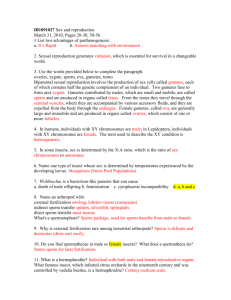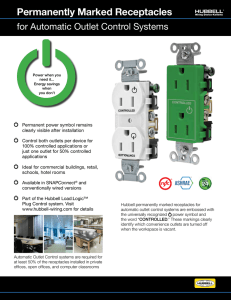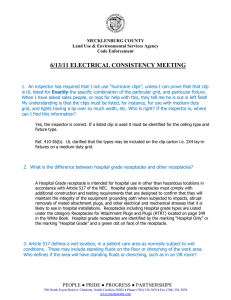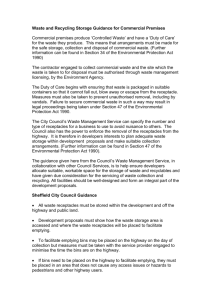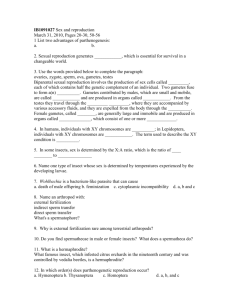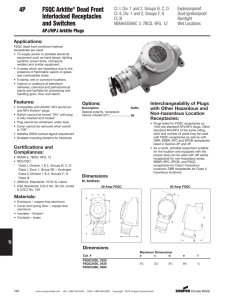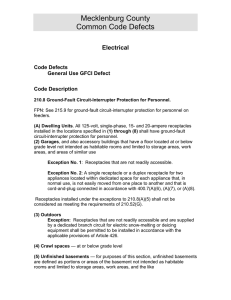Protocols - Assemble Marine
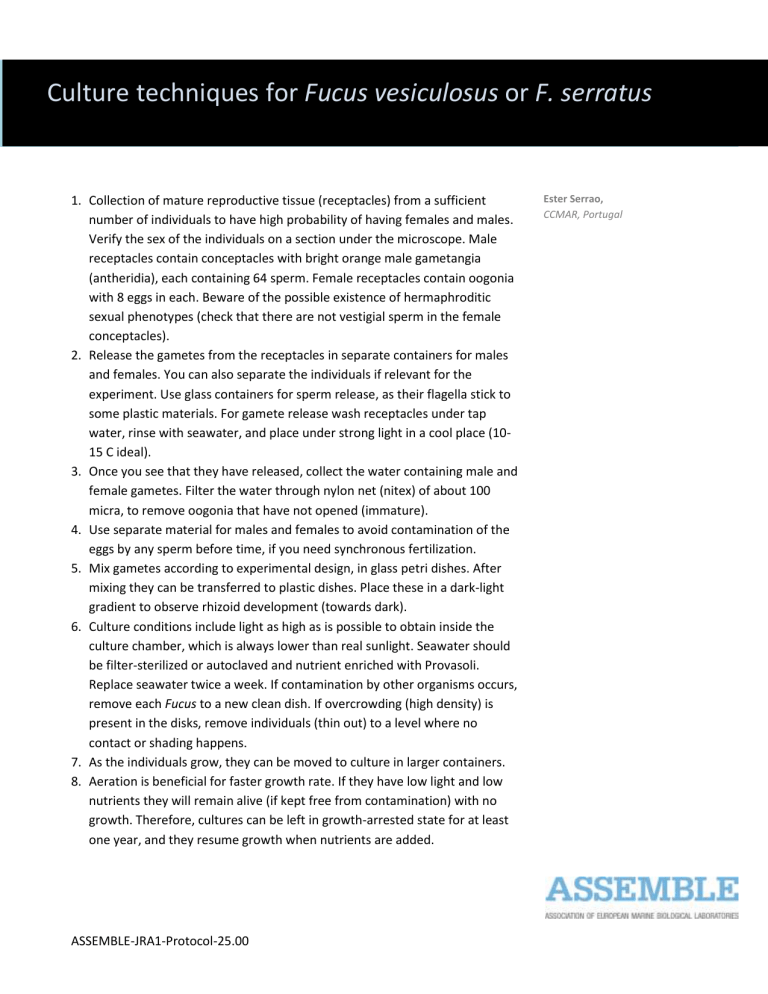
Culture techniques for Fucus vesiculosus or F. serratus
1.
Collection of mature reproductive tissue (receptacles) from a sufficient number of individuals to have high probability of having females and males.
Verify the sex of the individuals on a section under the microscope. Male receptacles contain conceptacles with bright orange male gametangia
(antheridia), each containing 64 sperm. Female receptacles contain oogonia with 8 eggs in each. Beware of the possible existence of hermaphroditic sexual phenotypes (check that there are not vestigial sperm in the female conceptacles).
2.
Release the gametes from the receptacles in separate containers for males and females. You can also separate the individuals if relevant for the experiment. Use glass containers for sperm release, as their flagella stick to some plastic materials. For gamete release wash receptacles under tap water, rinse with seawater, and place under strong light in a cool place (10-
15 C ideal).
3.
Once you see that they have released, collect the water containing male and female gametes. Filter the water through nylon net (nitex) of about 100 micra, to remove oogonia that have not opened (immature).
4.
Use separate material for males and females to avoid contamination of the eggs by any sperm before time, if you need synchronous fertilization.
5.
Mix gametes according to experimental design, in glass petri dishes. After mixing they can be transferred to plastic dishes. Place these in a dark-light gradient to observe rhizoid development (towards dark).
6.
Culture conditions include light as high as is possible to obtain inside the culture chamber, which is always lower than real sunlight. Seawater should be filter-sterilized or autoclaved and nutrient enriched with Provasoli.
Replace seawater twice a week. If contamination by other organisms occurs, remove each Fucus to a new clean dish. If overcrowding (high density) is present in the disks, remove individuals (thin out) to a level where no contact or shading happens.
7.
As the individuals grow, they can be moved to culture in larger containers.
8.
Aeration is beneficial for faster growth rate. If they have low light and low nutrients they will remain alive (if kept free from contamination) with no growth. Therefore, cultures can be left in growth-arrested state for at least one year, and they resume growth when nutrients are added.
Ester Serrao,
CCMAR, Portugal
ASSEMBLE-JRA1-Protocol-25.00
